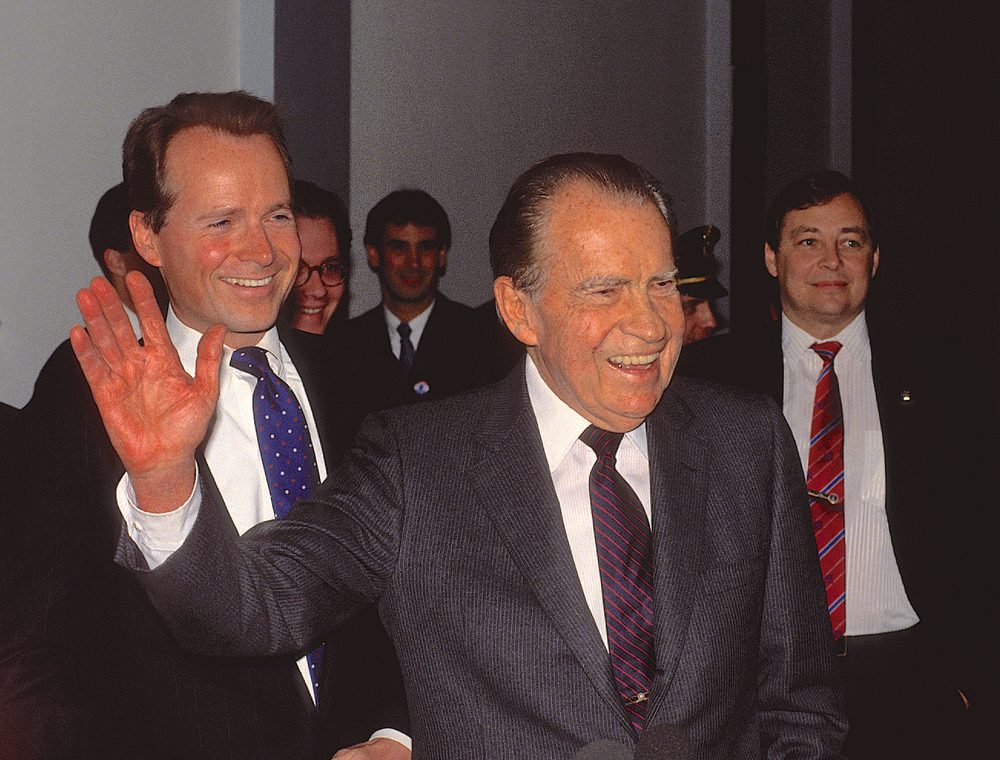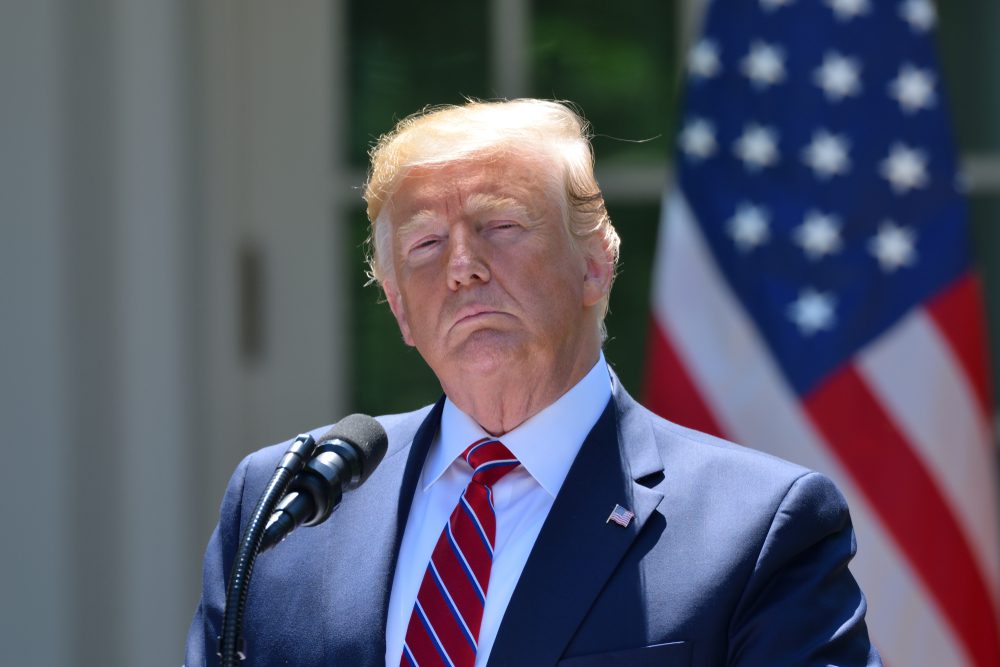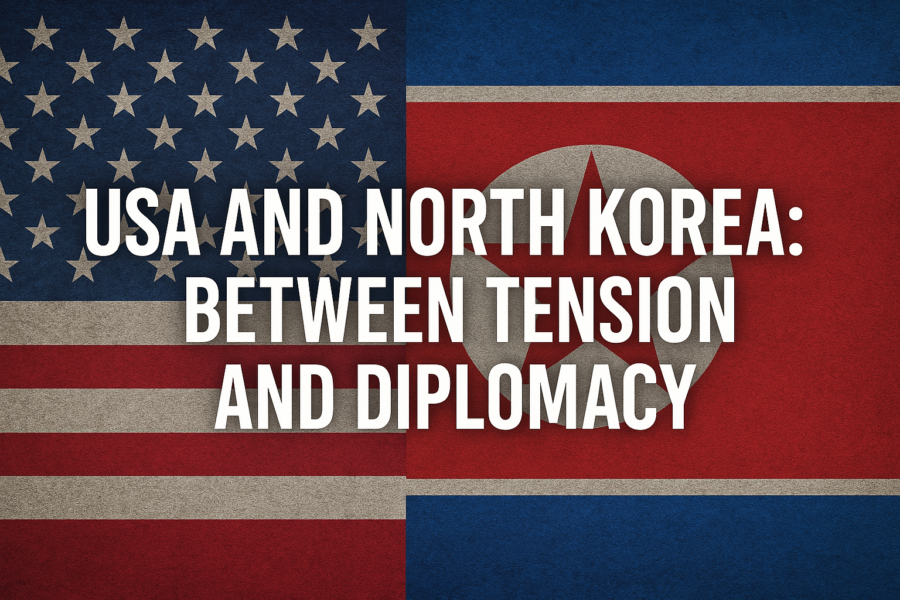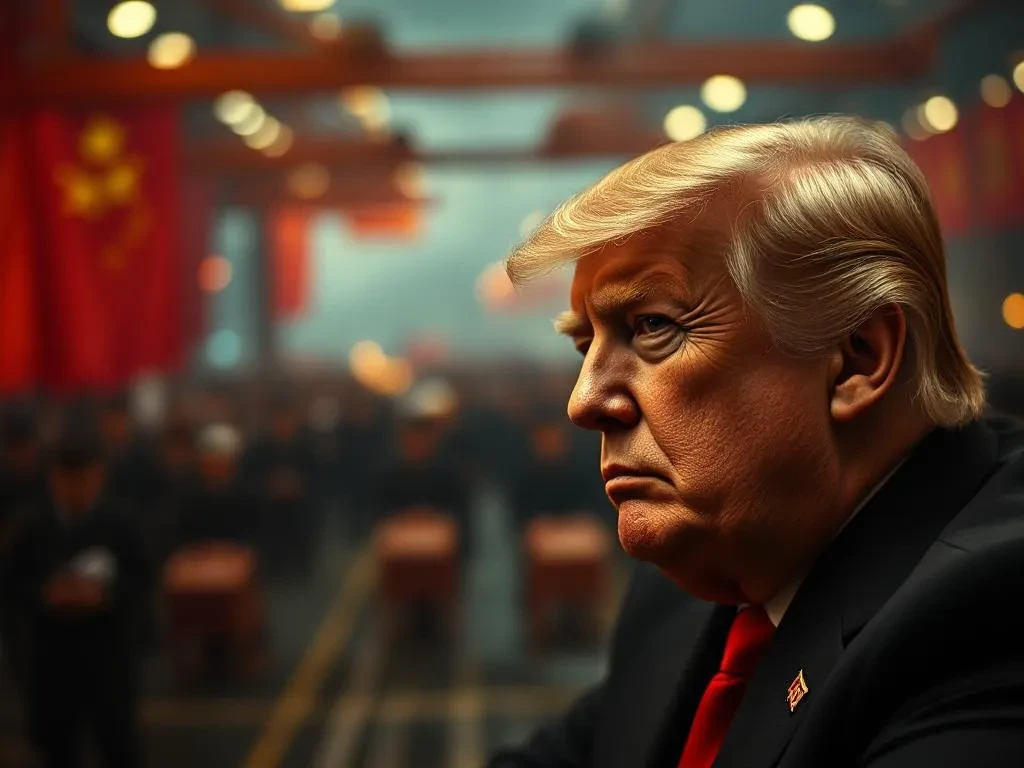Remember those days when the former President of the United States, Donald Trump, publicly announced on his social media platform that the FBI had searched his Mar-a-Lago property? Well, in only a matter of days, various debates heated up. One of them focused on what laws and regulations Trump violated as a former president by deciding to keep classified documents that he shouldn’t have.
There was also the question of what kind of authority he really had at the time. Naturally, a plethora of myths and misunderstandings rose to the surface. Funnily enough, most of them were made by the former president, especially regarding presidential authority and classified information. But now it’s time to discuss which of those myths were actually based on reality and which were not.

Myth no. 1: Remember when Nixon said that when the POTUS does something, it’s not illegal?
Truth be told, Nixon did say that, but the idea is completely false. Our country is based on a fundamental rule of law principle, which is that the U.S. has a government of law, not men. After all, I think James Madison was the one who said that if men were angels, then no government would be needed. If you want to build a government where men rule over men, there’s something that needs to be done.
You need to enable the government to have full control over the governed and, next, oblige it to control itself. Particularly in this aspect of human nature, our founding fathers created a certain concept commonly known as the separation of powers, which was intended to assure that no one in this country will ever gain absolute power and stand above any law.
Myth no. 2: If the information has been declassified by an authority or is unclassified, former government officials (which also include a former president) are automatically free to disclose and possess the information as they please
This is also false. The majority of unclassified information derived from the federal government’s executive branch or in its custody is, without doubt, sensitive and requires just as much safeguarding and dissemination controls as any other documentation.
These controls need to be consistent not only with applicable laws and regulations but also with government-wide policies. This is also known as controlled unclassified information, and some of the most relevant examples include information that’s directly related to federal taxpayers, witness protection, critical infrastructure protection, and the biggest of them all, nuclear security.
If there is unclassified information that’s improperly disclosed or mishandled, then any current or former government official can be subjected to both administrative and criminal sanctions. In fact, the unauthorized possession of controlled, unclassified documents, like the Naval Nuclear Propulsion Information, might even be subject to prosecution under the Espionage Act.
Even if it doesn’t specifically mention “information”, it still refers to closely held national defense documents. If any of these documents were ever disclosed, they might cause injury to the United States or be used to the advantage of any foreign situation.

Myth no. 3: The President has absolute authority to declassify any information at will
This myth is partly true and partly false. Throughout and after his presidency, Trump made this claim several times. Let’s see what’s true and false about this statement! First, it is completely true that the president’s authority to classify and declassify information in the best interest of national security comes from Article II of his constitutional authority as a chief executive who’s responsible for all foreign relations.
There’s a particular Supreme Court decision, known as Department of the Navy v. Egan, that was often used to justify unchecked presidential authority over classified information. Even so, some classified documents don’t comply with the president’s Article II authority but with statutory law.
For instance, the Atomic Energy Act of 1954 asserts that any kind of data that concerns the design, manufacture, and utilization of atomic weapons, including the production of nuclear material or the use of special nuclear material for energy purposes, is considered classified data unless it becomes officially declassified or even removed from the Restricted Data category in compliance with the Act.
In contrast with national security information classified depending on the president’s executive decision, information that’s been classified by the AEA is simply not subject to automatic declassification by the head of state, as it requires a certain reviewing process before removing the classification.
There’s another relevant situation that could be relevant for this discussion: when an allied or befriended nation doesn’t want to acknowledge the fact that they decided to share extremely sensitive documents and information with the U.S. government.
In this case, the United States needs to convince the foreign nation that the information is safe and protected; otherwise, they might get discouraged from sharing it in the first place, which puts our nation at greater risk. However, everything needs to be done to avoid such situations, and that’s why the United States has had to enter into a series of legally binding agreements with other foreign governments.

Myth no. 4: Former presidents have full control over the disposition of their White House records
This statement is also false. Ever since President Ford’s administration and as a reaction to the infamous Watergate scandal of the Nixon administration, besides the Federal Records Act, all the records of each and every presidential administration are fully controlled by the Presidential Records Act, according to the assigned element of the White House that’s involved.
In this Act, Congress made it very clear that the American people (not the former president) have full ownership of the records and assigned full responsibility to the current president to manage the custody of his presidential records. It is also stated in the Act that these records can come in any form or medium, whether textual, audiovisual, or even electronic.
Truth be told, too many presidential records have been lost throughout history, and that’s why, starting with Franklin Roosevelt, all presidential records were made available to the public in presidential libraries.
Congress passed the Presidential Libraries Act back in 1955, wanting to preserve those documents and artifacts and maybe even help American citizens understand how this nation and democracy work. Five years after each administration ends, researchers and various other members of the public have full access to the records of all prior administrations under the PRA and the Freedom of Information Act.
The declassification of presidential documents shows unique problems and concerns, which would normally generate a page-by-page review and even a referral to the agency of origin. Given the high policy and classification level, sometimes presidential records might contain equities in which the classifying agency might have an interest, in which case a review is needed before official declassification.
Besides, the records might contain not one but multiple agency equities, which automatically requires referral to multiple agencies. In a single presidential document, there can be multiple equities. Also, the statutory authorities that are in charge of presidential papers and records might require a page-by-page review for various other issues, which are usually related to restrictions and privacy.
In the end, there’s only one truth: presidential records belong to the American people, not the current or former president. If you want to find out more on government issues, here’s what we recommend reading: 5 Politicians Who Were Guilty Of Murder







